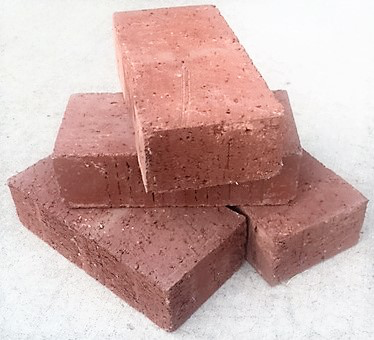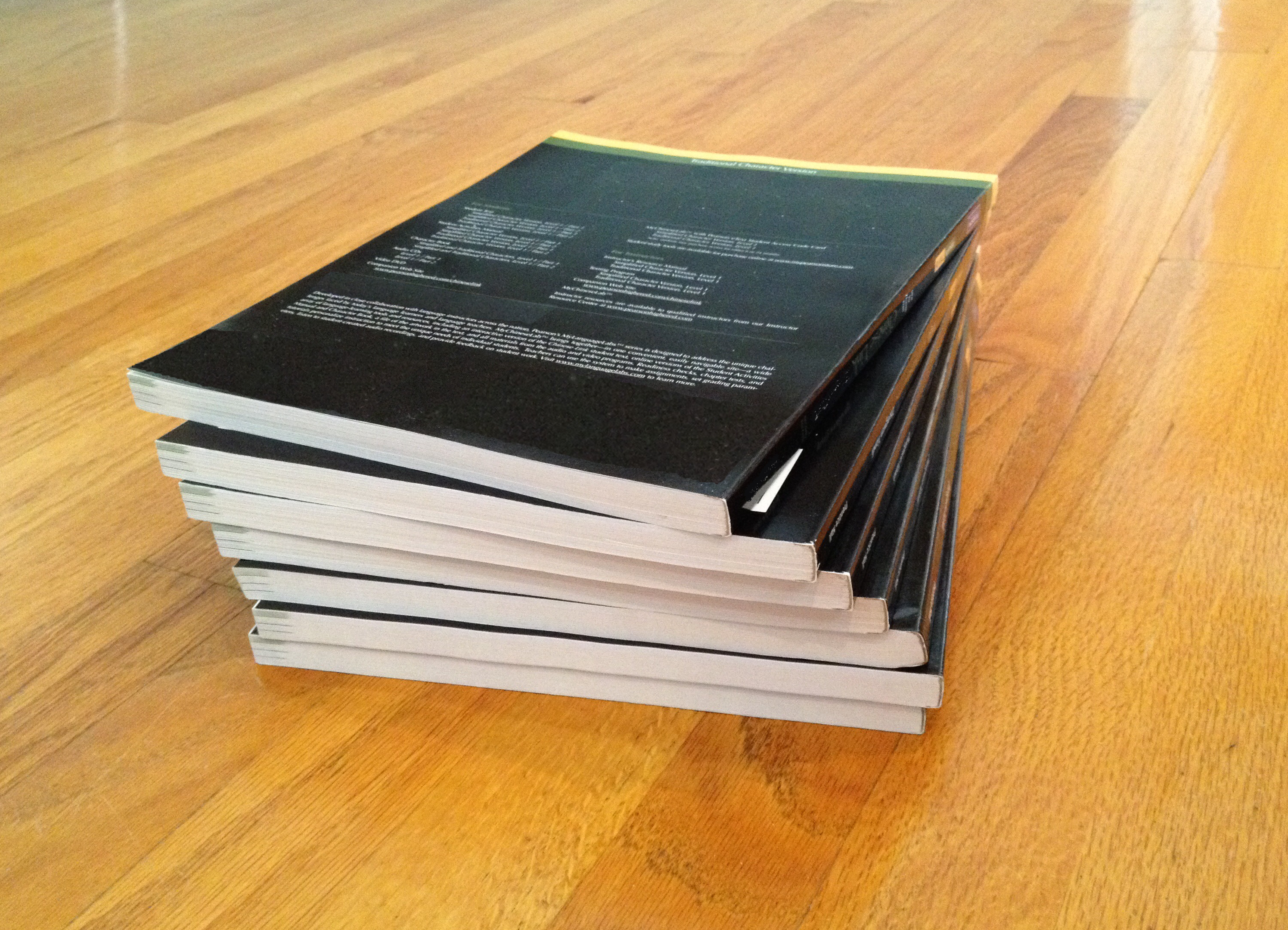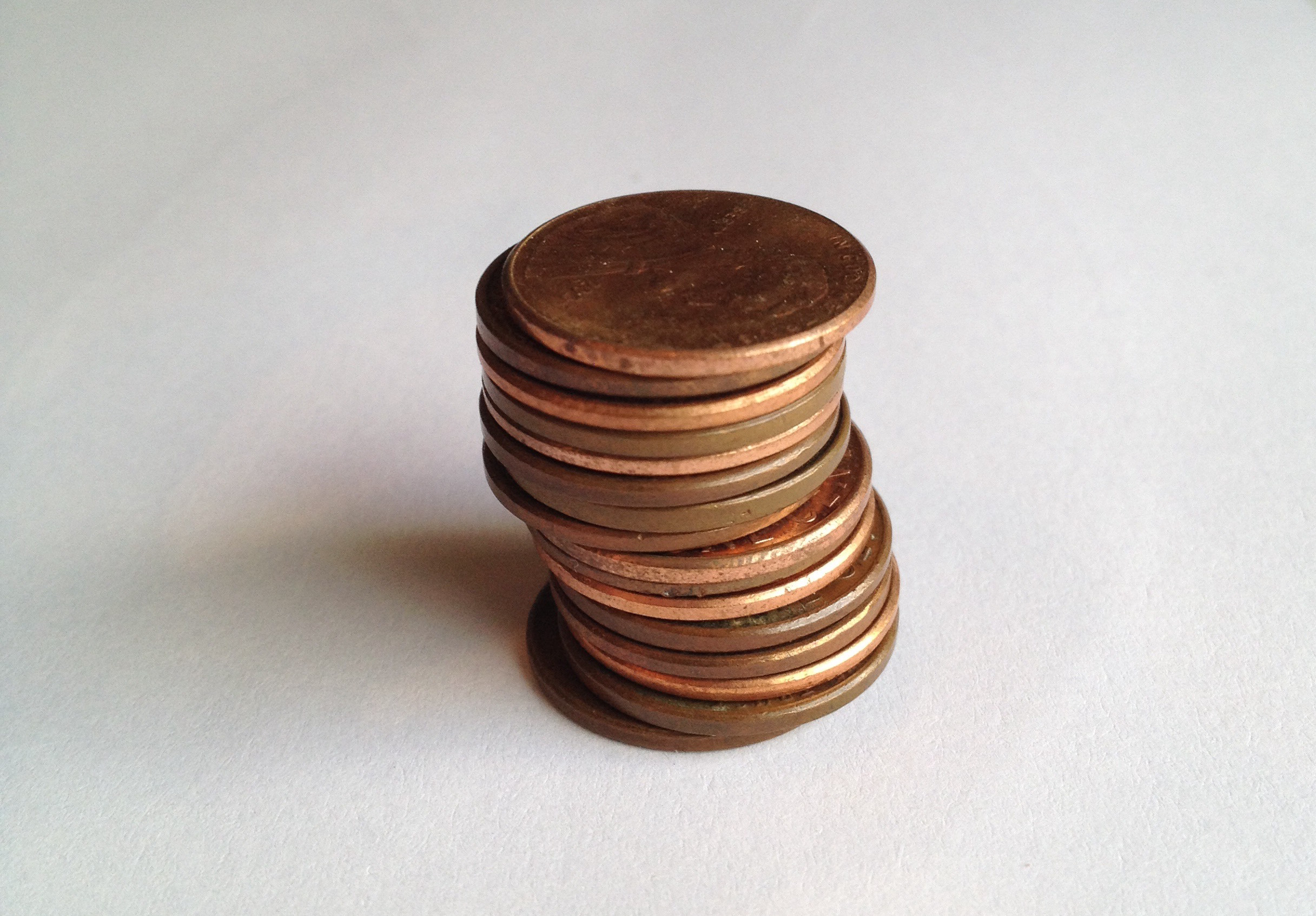1.1: Number Talk: Size of Dividend and Divisor
Find the value of each expression mentally.
5,\!000 \div 5
5,\!000 \div 2,\!500
5,\!000\div 10,\!000
5,\!000\div 500,\!000
Let’s explore quotients of different sizes.
Find the value of each expression mentally.
5,\!000 \div 5
5,\!000 \div 2,\!500
5,\!000\div 10,\!000
5,\!000\div 500,\!000
Here are several types of objects. For each type of object, estimate how many are in a stack that is 5 feet high. Be prepared to explain your reasoning.




A stack of books is 72 inches tall. Each book is 2 inches thick. Which expression tells us how many books are in the stack? Be prepared to explain your reasoning.
a. 72 \boldcdot 2
b. 72 - 2
c. 2 \div 72
d. 72 \div 2
Record the expressions in each set in order from largest to smallest.
Set 1
Set 2
Without computing, estimate each quotient and arrange them in three groups: close to 0, close to 1, and much larger than 1. Be prepared to explain your reasoning.
30 \div \frac12
30 \div 0.45
9 \div 10
9 \div 10,\!000
18 \div 19
18 \div 0.18
15,\!000 \div 1,\!500,\!000
15,\!000 \div 14,\!500
close to 0
close to 1
much larger than 1
Write 10 expressions of the form 12 \div ? in a list ordered from least to greatest. Can you list expressions that have value near 1 without equaling 1? How close can you get to the value 1?
Here is a division expression: 60 \div 4. In this division, we call 60 the dividend and 4 the divisor. The result of the division is the quotient. In this example, the quotient is 15, because 60 \div 4 = 15.
We don’t always have to make calculations to have a sense of what a quotient will be. We can reason about it by looking at the size of the dividend and the divisor. Let’s look at some examples.
In 100\div 11 and in 18 \div 2.9 the dividend is larger than the divisor. 100\div 11 is very close to 99\div 11, which is 9. The quotient 18 \div 2.9 is close to 18 \div 3 or 6.
In general, when a larger number is divided by a smaller number, the quotient is greater than 1.
In 99 \div 101 and in 7.5 \div 7.4 the dividend and divisor are very close to each other. 99 \div 101 is very close to 99 \div 100, which is \frac{99}{100} or 0.99. The quotient 7.5 \div 7.4 is close to 7.5 \div 7.5, which is 1.
In general, when we divide two numbers that are nearly equal to each other, the quotient is close to 1.
In 10 \div 101 and in 50 \div 198 the dividend is smaller than the divisor. 10 \div 101 is very close to 10 \div 100, which is \frac{10}{100} or 0.1. The division 50 \div 198 is close to 50 \div 200, which is \frac 14 or 0.25.
In general, when a smaller number is divided by a larger number, the quotient is less than 1.